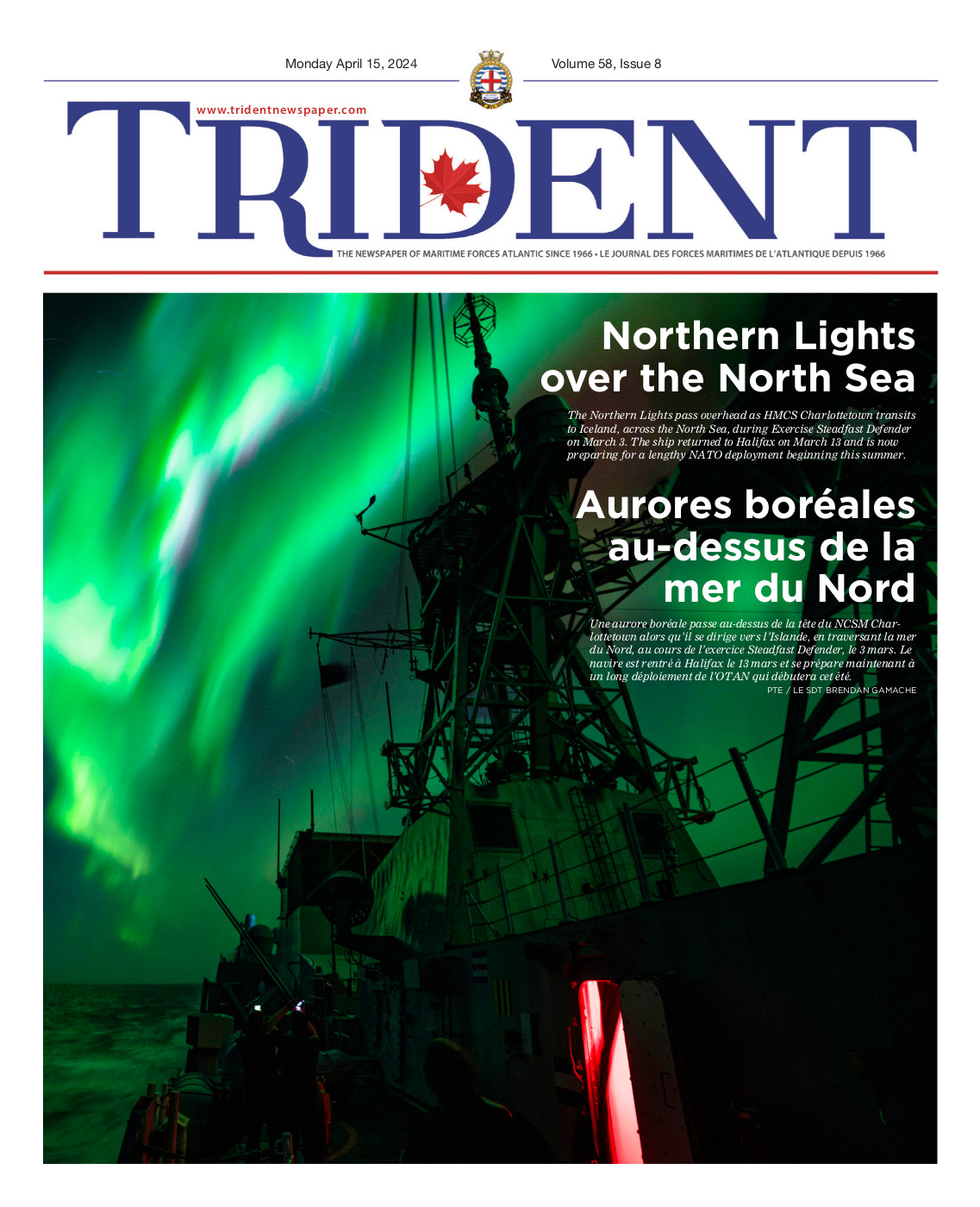
NOVA SCOTIA ARCHIVES
Search begins for historical clues beneath RA Park
By Ryan Melanson,
Trident Staff
An archeologist at St. Mary’s University has begun a project to learn more about one of the earliest pieces of Halifax military history, and his research has brought him to the DND-owned land that makes up Royal Artillery Park.
Dr. Jonathan Fowler, an associated professor of archeology and colonialism, is hoping to locate pieces of the town wall and perimeter forts that existed in Halifax from 1749-1763. The wooden palisade wall was erected as a means of defense along the town’s exposed land perimeter, with five forts spaced out along the structure.

COURTESY OF JONATHAN FOWLER
“It’s been on my mind for a long time, but this year is the first time we’re taking it to the field-work level and it’s quite exciting,” said Fowler, who’s conducting the project with the support of the university and friends from Boreas Heritage Consulting Inc. who co-own some of the research equipment being used.
A number of historical maps and documents depict the wall and connected forts, though most are relatively inaccurate and not drawn to the proper scale. The most useful have been a French spy map seized by british authorities in 1755, along with an early 1760s town property map.
“We’ve used a number of sources, and the trail of breadcrumbs leads right to RA Park as an area where one of the forts stood, and the town wall ran through the property.,” Fowler said. Other fort locations are now paved over, or construction down to bedrock has wiped out the chance for archeological discoveries. The two sites that offer promise are RA Park, and a second fort that was located on Citadel Hill.
Fowler received permission to conduct initial geophysical surveys, which he completed over August 17-18, using both a ground penetrating radar with attached GPS and electromagnetic induction device. Together, the data may give a rough idea of old structures or objects that lay beneath the first few metres of ground. The difficulty is that a historically rich area like RA Park has seen plenty of change over time, with a number of buildings built and taken down over the years.
“The nature of geophysics is that it records everything,” Fowler said.
“What we’re mainly looking for is a piece of one of those small perimeter forts, and also the timber foundation or trench from the town wall. The things we’re looking for are very slight or ephemeral targets, while the things in the way are going to be screaming at us.”
Fowler is also calling for members of the defence community or anyone with interesting historical information regarding RA Park to come forward. Items like old pictures, maps and documents related to the site at different points in history may help clear up questions and allow for researchers to get a better picture from the data they’re collecting, and could also help lead to entirely new discoveries.
“The base footprint contains really tremendous archaeological resources, and i think there’s enormous potential for telling interesting stories, not only about the country’s history but about the history and evolution of Canada’s military as well,” he said, referring to RA Park as well as other military sites in Halifax and across the country.
“Hopefully this project can start to showcase some of that potential and get people thinking.”
The plan is to soon begin looking at the collected data, and Fowler plans to return to the RA Park site in the fall with students to continue gathering information. Potential digging at the site to search for artifacts hasn’t been discussed yet, and more data plus a better understanding of what’s under the surface would be required before researchers would begin advocating for that step. The project has potential, however, and Fowler said he’s very appreciative of the help from RUSI(NS) in making initial contacts and the willingness of the CAF thus far to allow him to conduct the preliminary research at RA Park.
Anyone with information or documents that may be relevant to the project is encouraged to reach out to jonathan.fowler@smu.ca.






